#J. Th. Meier
Explore tagged Tumblr posts
Text
Zanitowana
0 notes
Text
Historical timeline of the Animal Rights Movement
1635: The first known legislation on animal protection passes in Ireland - “An Act against Plowing by the Tayle, and pulling the Wooll off living Sheep”

1641: The Massachusetts Body of Liberties included a law against cruelty against animals. “No man shall exercise any Tirranny or Crueltie towards any bruite Creature which are usuallie kept for mans use.”

1687: Japan reintroduces the ban on eating meat but with stricter constraints, prohibiting the killing of animals.
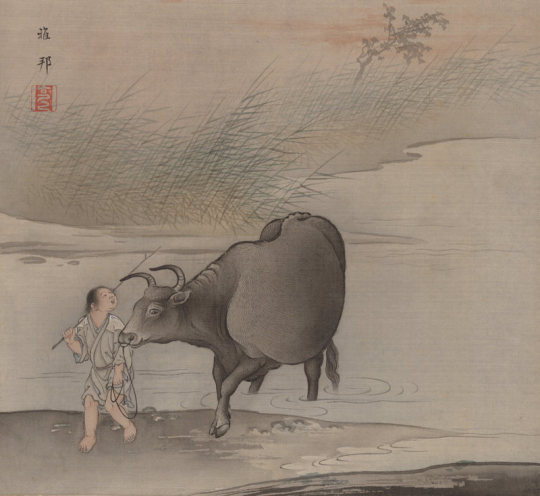
1780: Jeremy Bentham, lawyer and philosopher recognised in animal rights circles for arguing for better treatment of animals. "The question is not can they reason? Nor, can they talk? But can they suffer?" (Bentham, J. 1789. An Introduction to the Principles of Morals and Legislation. Chapter xvii.)
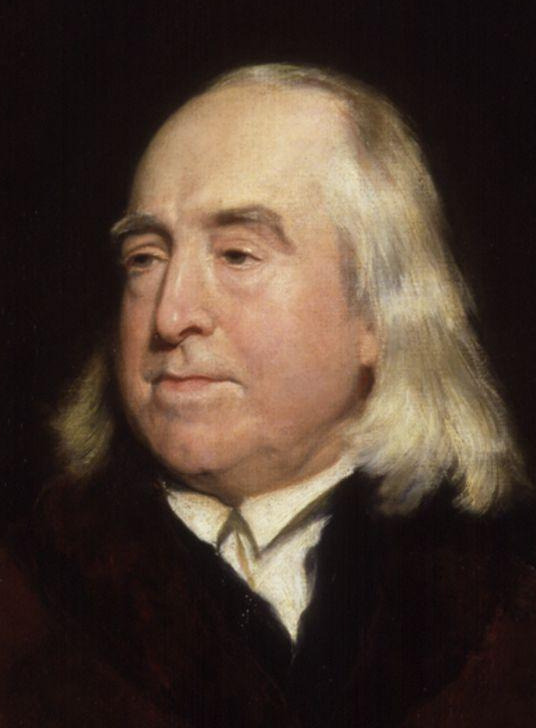
19th Century
1822: British Parliament put in place the “Act to Prevent the Cruel and Improper Treatment of Cattle.”
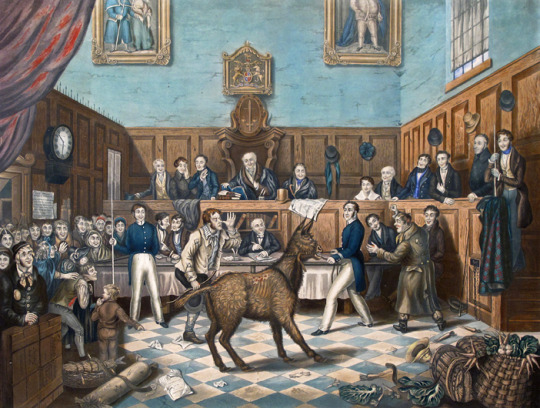
1824: The Royal Society for the Prevention of Cruelty to Animals is founded in England, (RSPCA) by Richard Martin, Arthur Broome, and William Wilberforce.

1835: The first Cruelty to Animal Acts (full title: An Act to Consolidate and Amend the Several Laws Relating to the Cruel and Improper Treatment of Animals, and the Mischiefs Arising from the Driving of Cattle) is passed in Britain.

1866: The American Society for the Prevention of Cruelty to Animals is founded by New Yorker Henry Bergh.

1875: The National Anti-Vivisection Society is established in Britain by Frances Power Cobbe.

1892: English social reformer, Henry Stephens Salt publishes "Animals' Rights: Considered in Relation to Social Progress."

20th Century
1944: English animal rights advocate Donald Watson founds the Vegan Society in Britain.
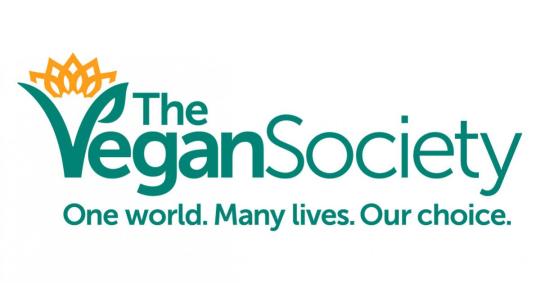
1975: “Animal Liberation,” by philosopher Peter Singer is published.

1979: Animal Legal Defense Fund is established, and National Anti-Vivisection Society establishes World Lab Animal Day, on April 24th. The day has evolved into World Laboratory Animal Week.
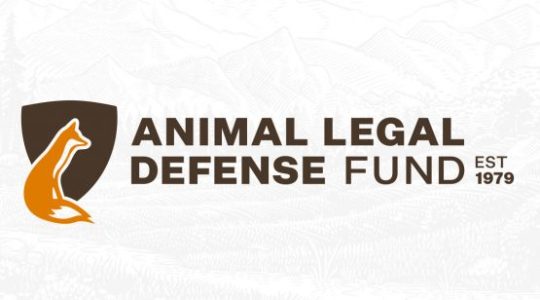
1980: People for the Ethical Treatment of Animals (PETA) is founded and “Animal Factories” by attorney Jim Mason and philosopher Peter Singer is published.

1981: Farm Animal Reform Movement is officially founded.

1983: Farm Animal Reform Movement establishes World Farm Animals Day on October 2nd and “The Case for Animal Rights,” by philosopher Tom Regan is published.

1985: The first annual Great American Meatout is organized by Farm Animal Reform Movement.
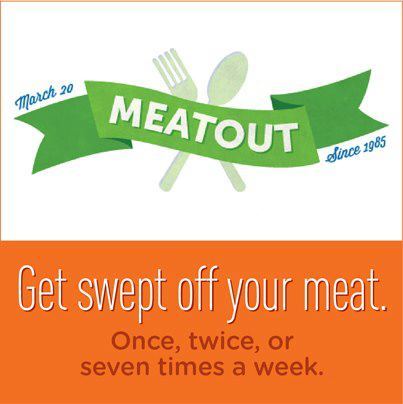
1986: Fur Free Friday, an annual nation-wide fur protest on the day after Thanksgiving, begins; and Farm Sanctuary is founded.

1987: California high school student Jennifer Graham makes national headlines when she refuses to dissect a frog and "Diet for a New America" by John Robbins is published.
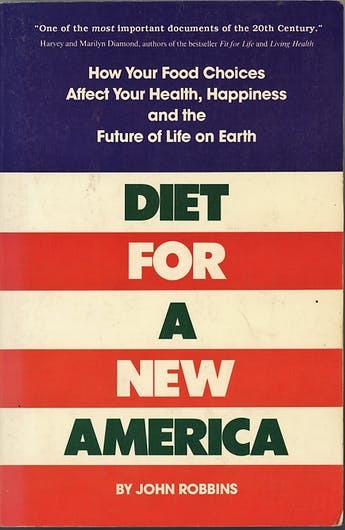
1989: Avon stops testing their products on animals, and In Defense of Animals launches their campaign against Proctor & Gamble’s animal testing.
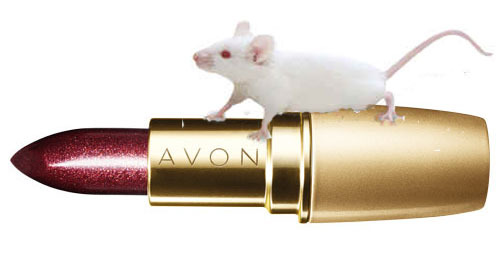
1990: Revlon stops testing their products on animals.

1992: Animal Enterprise Protection Act is passed.

1993: General Motors stops using live animals in crash tests and The Great Ape Project is founded by Peter Singer and Paola Cavalieri.

1994: Tyke the elephant goes on a rampage, killing her trainer and escaping from the circus before being gunned down by police.
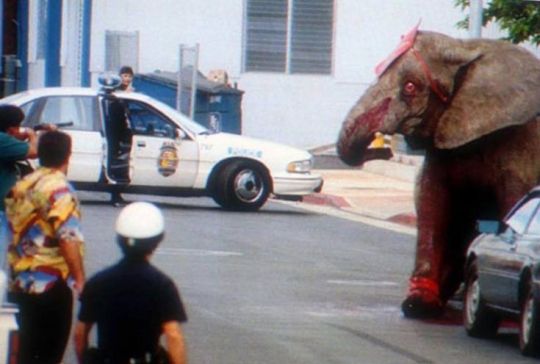
1995: Compassion Over Killing is founded by Erica Meier.
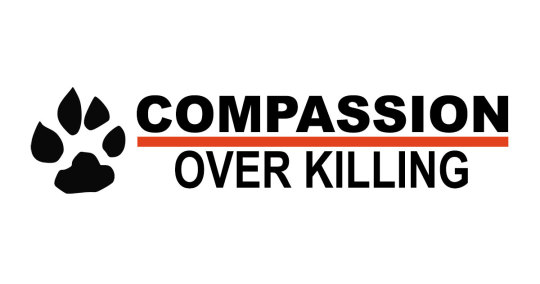
1996: Vegetarian activist and former cattle rancher Howard Lyman appears on Oprah Winfrey’s talk show, leading to a defamation lawsuit filed by Texas Cattlemen.
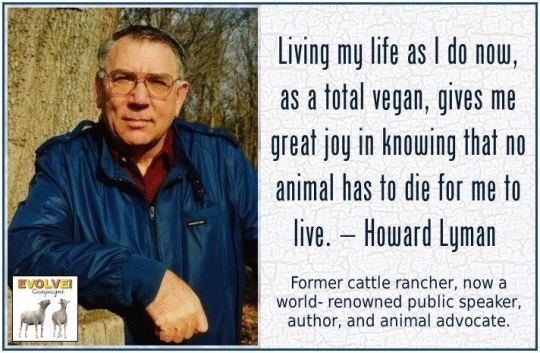
1997: PETA releases an undercover video showing animal abuse by Huntingdon Life Sciences.

1998: A jury finds in favor of Lyman and Winfrey in the defamation lawsuit filed by Texas Cattlemen, and an investigation by The Humane Society of the US reveals that Burlington Coat Factory is selling products made from dog and cat fur.
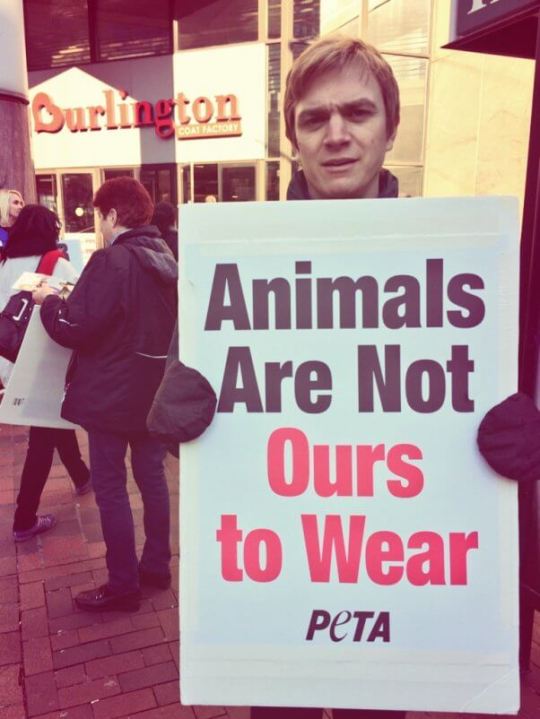
21st Century
2001: Compassion Over Killing conducts an open rescue at a battery hen facility, documenting abuses and rescuing eight hens.

2002: "Dominion" by Matthew Scully is published, and McDonald’s settles a class-action lawsuit over their non-vegetarian french fries.
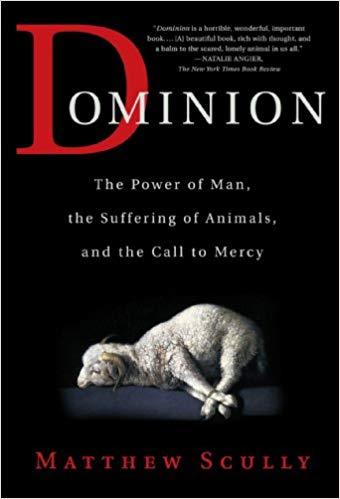
2004: Clothing chain Forever 21 promises to stop selling fur.

2005: The US Congress pulls funding for inspections of horse meat.

2006: The "SHAC 7" are convicted under the Animal Enterprise Protection Act; Animal Enterprise Terrorism Act is passed, and an investigation by the Humane Society of the US reveals that items labeled as “faux” fur at Burlington Coat Factory are made of real fur.

2007: Horse slaughter ends in the United States, but live horses continue to be exported for slaughter, Barbaro dies at the Preakness.

2009: The European Union bans cosmetics testing and bans the sale or import of seal products.

2010: A killer whale (Tilikum) at SeaWorld kills his trainer, Dawn Brancheau. SeaWorld is fined $70,000 by the Occupational Safety and Health Administration.

2011: National Institute of Health stops funding of new experiments on chimpanzees; President Obama and Congress legalize horse slaughter for human consumption in the US. As of spring of 2014, no horse slaughterhouses have opened.

2012: Iowa passes the nation's fourth ag-gag law; An international convention of neuroscientists declares that non-human animals have consciousness. The declaration's main author goes vegan. The Cambridge Declaration on Consciousness is published in Britain, which states that many nonhuman animals possess the neurological structures to generate consciousness.

2013: The documentary "Blackfish" reaches a mass audience, causing widespread public criticism of SeaWorld.

2014: India bans cosmetic testing on animals, the first Asian country to do so.

2015-2016: SeaWorld announces it will end its controversial orca shows and breeding program.
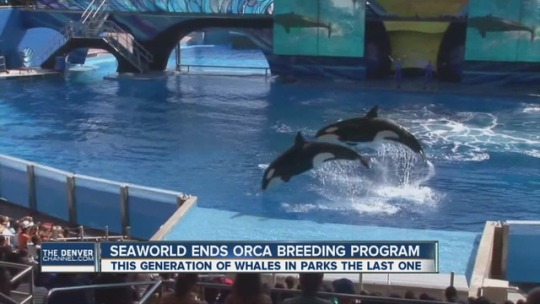
2017: The Appropriations Committee of the U.S. House of Representatives votes 27 to 25 in favor of re-opening the practice of horse slaughter.
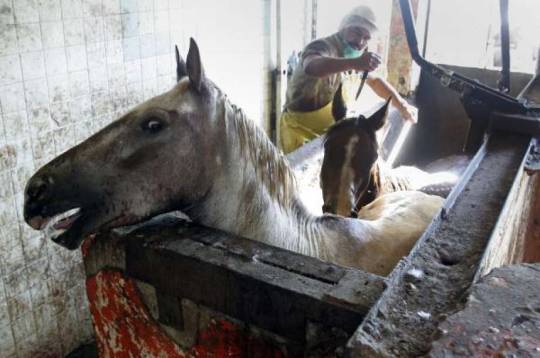
0 notes
Text
Crowdsourcing In Times Of Crisis
In the modern technological wonderland, we currently live in, where anyone can let absolutely anyone else know about the fact that they used the rest room this morning it is no wonder that we are constantly inundated with news about some form of crisis striking some remote part of the world. Often within minutes of the event occurring. While the rate of crisis’ striking are debatably no higher than they have been at any point in recent history. It has been the rise of social media and the like which has brought it to the forefront of everyone’s mind.
A rather handy feature of living in the age of social media means that crowd sourcing has become easier than ever. For the sake of this blog we will use Merriam Webster’s definition of crowd sourcing, ‘The practice of obtaining needed services, ideas, or content by soliciting contributions from a large group of people and especially from the online community rather than from traditional employees or suppliers’
In years passed one of the most effective ways to raise funds for crisis affected areas often included large scale rock concerts. For example, think back to 2005’s WaveAid. While it may not seem that long ago back in 2005 social media was still in its infancy. Raising money through Facebook was not an option and so some people in very fortunate positions got together and organised some of Australia’s biggest acts. In the process raising over $2 million for victims of the Boxing Day Tsunami. Put that into contrast with 2015’s Nepal earthquake, where Facebook users raised an incredible $10 million in just two days (Time, April 30th, 2015)
Social media and the internet has not only helped those effected by these events financially but it has also helped motivate people the world over to head out to these parts of the world and lend a helping hand. A 2011 study found that in the aftermath of the January 12, 2010 Haiti earthquake collaborators were newly found and distributed across continents where they would be most effective. Something not so easily achieved in years prior.
References:
Starbird, K. and Palen, L., 2011, May. Voluntweeters: Self-organizing by digital volunteers in times of crisis. In Proceedings of the SIGCHI Conference on Human Factors in Computing Systems (pp. 1071-1080). ACM.
Heinzelman, J. and Waters, C., 2010. Crowdsourcing crisis information in disaster-affected Haiti. US Institute of Peace.
'crowdsourcing entry' 2014, Merriam Webster, viewed 3 August 2016,<http://www.merriam-webster.com/dictionary/crowdsourcing>.
Berenson, Tessa. "Facebook Raised More Than $10 Million In 2 Days For Nepal". Time 2015: 1. Web. 12 Jan. 2017.
Poptech 2010, Patrick Meier: Crowdsourcing Change, 14th June, Viewed 12/01/2017 <https://www.youtube.com/watch?v=4FvhieMnLn0>
Planet of Rock and Metal 2007, The Greatest View (Live) – silverchair [2005], 9th August, viewed 12/01/2017, <https://www.youtube.com/watch?v=VFRa8h_0HsE>
youtube
youtube
3 notes
·
View notes
Text
Lining Up: Deep Playoff Pool Targets from Top Playoff Teams
With the Stanley Cup Playoffs just around the corner, you’re probably getting ready to assemble the ultimate roster for your playoff pool. Luckily for you, I’ve done a ‘quick’ lineup review for the top-8 qualifying teams. Stay tuned for next week’s article where we’ll cover the remaining eight playoff teams! Follow me on Twitter @BrennanDeSouza for line combinations and injury updates as they playoffs approach!
Western Conference
Winnipeg Jets (Most Frequent Line Combinations)
Line Combination
Goals
For
Goals
Against
CF%
TOI
Nikolaj Ehlers – Mark Scheifele – Blake Wheeler
23
13
51.68
403:58
Kyle Connor – Kevin Hayes – Patrik Laine
5
2
44.87
37:54
Adam Lowry – Bryan Little – Brandon Tanev
5
3
41.70
145:07
Stats retrieved from NaturalStatTrick
Last year, the Winnipeg Jets put up an impressive 52-20-10 record, winning nine of their last ten regular season games. This season, their 46-29-4 record is much less impressive, and it isn’t reassuring to see that they’ve lost four of their last six games. One of the biggest differences between this season and last season for the Jets has been Connor Hellebuyck’s play. Last year he went 44-11-9, with a .924 SV% and 2.36 GAA – numbers which got him nominated for the Vezina. He hasn’t been nearly as good this season, with a rather pedestrian 33-23-2 record alongside a .913 SV% and 2.91 GAA. While Winnipeg’s lineup features many scoring threats, it’s hard to imagine the team makes a deep run into the playoffs without solid play from Hellebuyck.
While the line combinations I listed above feature Nikolaj Ehlers beside Mark Scheifele and Blake Wheeler, it’s important to note that both Patrik Laine and Kyle Connor have also seen significant time beside Scheifele and Wheeler. However, when Connor is on the top line, they’ve been outscored 27 to 36 and when Laine is on the top line, they’ve been outscored 14 to 20.
St. Louis Blues (Most Frequent Line Combinations)
Line Combination
Goals
For
Goals
Against
CF%
TOI
Brayden Schenn – Ryan O’Reilly – Vladimir Tarasenko
20
12
54.01
283:27
Jaden Schwartz – Oskar Sundqvist – David Perron
6
4
51.57
86:43
Pat Maroon – Tyler Bozak – Robert Thomas
12
11
52.08
250:42
Stats retrieved from NaturalStatTrick
I don’t think we truly appreciate just how good the St. Louis Blues have been in the second half of the season. Since the beginning of 2019, the Blues have played 42 games and sport a 28-10-4 record. In that timeframe they’ve accumulated the most points (60) in the league – tied with the Tampa Bay Lightning who have an impressive 29-8-2 record in that span. Jordan Binnington has been integral in St. Louis’ turnaround, winning 22 of the 30 games he’s played while sporting a .928 SV% and 1.85 GAA. How many times have we seen a hot goalie take a team to the Stanley Cup Final? I mean Marc-Andre Fleury almost single-handedly won it all for Vegas last year! I mention all this so you can give the Blues the respect they deserve when it comes time for your playoff pool draft. If you underestimate St Louis, they’ll give you the Blues.
Calgary Flames (Most Frequent Line Combinations)
Line Combination
Goals
For
Goals
Against
CF%
TOI
Johnny Gaudreau – Sean Monahan – Elias Lindholm
59
42
54.47
855:19
Matthew Tkachuk – Mikael Backlund – Michael Frolik
32
15
59.18
422:28
Sam Bennett – Mark Jankowski – James Neal
6
10
50.65
154:22
Stats retrieved from NaturalStatTrick
Calgary is one of a very few teams with two excellent forward lines that have been together for the duration of the season. The top line of Johnny Gaudreau, Sean Monahan and Elias Lindholm has been in the conversation for one of the league’s best lines, as each member has the ability to take over a game. Lindholm has complemented Monahan and Gaudreau extremely well and the trio has established a level of chemistry that is rare to find between three players in the NHL. What’s even more impressive to me is the fact that the team’s second line has absolutely dominated opponents – outscoring them by a tally of 32 to 15! While James Neal has struggled to produce in his first year with the Flames, he does have 100 games of playoff experience. So, he might be someone you consider drafting in your playoff pool if you think Calgary is going to make a deep run this season. The team will likely face off against the Avalanche or Coyotes in round one of the playoffs and will be favoured to win in either matchup.
San Jose Sharks (Most Frequent Line Combinations)
Line Combination
Goals
For
Goals
Against
CF%
TOI
Tomas Hertl – Logan Couture – Timo Meier
19
16
55.07
243:39
Evander Kane – Joe Pavelski – Gustav Nyquist
0
0
0
0
Marcus Sorensen – Joe Thornton – Kevin Labanc
20
12
53:36
369:30
Stats retrieved from NaturalStatTrick
Since Gustav Nyquist arrived in San Jose, we haven’t had a chance to see where he fits into a fully healthy Sharks’ roster. Nyquist played his first game as a member of the Sharks on February 26th against the Bruins, a game in which Evander Kane suffered an injury. In the same game that Kane made his return (March 16th against the Predators), Joe Pavelski left with an injury and hasn’t played since. While we don’t know exactly what San Jose’s top two lines will look like come playoff time, it appears the third line is set in stone. Marcus Sorensen, Joe Thornton and Kevin Labanc have played very well together all season and provide an element of ‘depth-scoring’ that every Cup contender needs. Couture and Meier have also played most of the season on the same line and will probably be linemates when postseason action begins. While I personally want to see San Jose win a cup for Jumbo Joe, their goaltending has struggled all season and they have a difficult first round matchup against the Golden Knights. If you do believe the Sharks have what it takes to make a long run, they have a deep forward roster that you should be drafting in your playoff pool.
Eastern Conference
Washington Capitals (Most Frequent Line Combinations)
Line Combination
Goals
For
Goals
Against
CF%
TOI
Alex Ovechkin – Evgeny Kuznetsov – Tom Wilson
24
16
52.50
328:28
Jakub Vrana – Nicklas Backstrom – T. J. Oshie
22
13
52.68
351:34
Carl Hagelin – Lars Eller – Brett Connolly
8
3
60.54
101:30
Stats retrieved from NaturalStatTrick
Did someone say back-to-back? The Washington Capitals will try to be the first team to win back-to-back Stanley Cups since the Pittsburgh Penguins, who did it all the way back in 2016 and 2017. At this point in time, it’s hard to pinpoint exactly which team the Caps will face in the first round of the playoffs. If they win the division, they can face any one of the Blue Jackets, Hurricanes or Canadiens. If they fall to second in the Metro and the Islanders win the division, we’ll be seeing a classic Sid vs. Ovi matchup as the Capitals will face off against the Penguins. In any case, Washington is capable of winning any one of those matchups. They also have the luxury of avoiding any potential matchup with the Lightning until the third round.
If you think Washington is going to make another run or the Cup this season, I recommend targeting their third line as you draft your playoff roster. Sure, you can go after the obvious names like Ovechkin, Kuznetsov and Backstrom, but depth scoring is so important for any team that hopes to win the Stanley Cup. Carl Hagelin, Lars Eller and Brett Connolly have played extremely well together since Hagelin arrived in Washington.
New York Islanders (Most Frequent Line Combinations)
Line Combination
Goals
For
Goals
Against
CF%
TOI
Anders Lee – Mathew Barzal – Jordan Eberle
10
13
57.72
187:58
Michael Dal Cole – Brock Nelson – Josh Bailey
1
3
55.88
44:24
Anthony Beauvillier – Leo Komarov – Tom Kuhnhackl
1
0
46.34
16:28
Stats retrieved from NaturalStatTrick
It’s hard to have a lot of faith in the Islanders making a deep run this postseason, but not many people had faith that New York would make the playoffs at all. Throughout this season, the team has received stellar goaltending from both Robin Lehner (2.18 GAA & .928 SV%) and Thomas Greiss (2.32 GAA & .926 SV%). We all know how impactful a strong goaltending performance can be during the playoffs, and they Isles have two guys capable of providing that. We haven’t seen a lot of playoff success from this roster in recent years, so it’s hard to pinpoint many guys that you should target in your playoff pool. Jordan Eberle has two points in 13 playoff games – all of which were played during Edmonton’s 2016-2017 postseason run. Brock Nelson has seven points in 18 playoff games with the Isles, Josh Bailey has 11 in 22 and Anders Lee has one point in five. Michael Dal Colle, Mathew Barzal and Anthony Beauvillier will be getting their first taste of NHL playoff action. I’d personally stay away from the Islanders in a playoff pool, but this team has a knack for exceeding our expectations.
Tampa Bay Lightning (Most Frequent Line Combinations)
Line Combination
Goals
For
Goals
Against
CF%
TOI
Nikita Kucherov – Brayden Point – Tyler Johnson
37
27
53.94
572:24
Ondrej Palat – Steven Stamkos – J.T. Miller
7
4
55.47
135:22
Alex Killorn – Anthony Cirelli – Mathieu Joseph
16
12
57.14
284:22
Adam Erne – Yanni Gourde – Cedric Paquette
2
2
50.00
46:42
Stats retrieved from NaturalStatTrick
Okay, I cheated a bit on this one and included Tampa’s ‘fourth’ line because of how deep this team is. I figured someone like Yanni Gourde might be valuable in a playoff pool if Tampa makes a deep run this year. I personally love the unpredictability of playoff hockey, so even though the Lightning have the best roster and have steamrolled through the league during the regular season, I’m not convinced they’re going to win the Cup. However, it’s hard to argue with how dominant each of their lines have been. While Tampa has experimented with alternate combinations recently, the ones listed above have been used frequently and successful when deployed. If you’re looking for a great under-the-radar player on Tampa, Anthony Cirelli fits the bill. To the average Joe, Cirelli’s 37 points in 79 games this season aren’t very impressive, but he’s been great lately with 13 points in his last 17 games.
Boston Bruins (Most Frequent Line Combinations)
Line Combination
Goals
For
Goals
Against
CF%
TOI
Brad Marchand – Partice Bergeron – David Pastrnak
33
28
57.94
472:16
Jake DeBrusk – David Krejci – Marcus Johansson
1
1
55.56
46:48
Danton Heinen – Charlie Coyle – Chris Wagner
2
2
35.62
44:04
Stats retrieved from NaturalStatTrick
If you think the Bruins are primed to make a run at the Stanley Cup this postseason, you should probably target Jake DeBrusk and David Krejci in your playoff draft. Boston will face off against Toronto in round one, a rematch of last season’s first-round matchup. You might remember how well DeBrusk played in that series, registering seven points in seven games as the Bruins defeated the Leafs. The duo of Krejci and DeBrusk has been excellent during the 2018-2019 regular season, as they’ve had a chance to build chemistry through over 700 minutes of ice-time together. They’ve outscored opponents 34-25 while controlling an impressive 56% of the shot-share. I included Marcus Johansson on their line in the combinations above, but he hasn’t really found his spot in the lineup since arriving in Boston and dealing with injury. Coach Bruce Cassidy might shuffle his lines as he tries to find a fit for Johansson, but ultimately, I think he ends up on the second line. By now, it’s common knowledge that the Bruins’ top line is one of the best in the league and they probably won’t be split up come playoff time.
from All About Sports https://dobberhockey.com/hockey-home/nhl-line-combinations/lining-up-deep-playoff-pool-targets-from-top-playoff-teams/
0 notes
Text
Crowd-sourcing in times of crisis
The power that social media has given everyday users to become instant on-scene reporters which has become very valuable and this information came to light when the devastating 7.0 magnitude earthquake hit the West Indian island of Hispaniola, effecting the nearby countries of Haiti and the Dominican Republic on the 12 of January 2010 (Pallardy 2017). By January 24th, 2010 up to 5 aftershocks of ranging for 4.5 to 5.9 magnitudes also hit and in total caused catastrophic damage including 3.5 million people effected, 300,000 deaths and billion dollars of damage to infrastructure (Disaster Emergency Committee 2017). The most severely affected was Haiti and is commonly referred to as the 2010 Haiti earthquake.
Although there was significant damage to affected nation's communication networks there was still power available as power wasn't cut off for the entire island; many telephone lines unavailable but there was access to internet. Within hours of the earthquake hitting graphic images of people covered in rubble found themselves on Twitter, far ahead of any traditional media sources like TV reporters and cameramen.
I’ve provided a link I found whilst researching for this blog post that I thought might be insightful for others about what kind of tweet were being tweeted about the earthquake from peoples immediately effected.
https://www.theguardian.com/world/2010/jan/13/haiti-twitter-earthquake-disaster

(Information flows in post-earthquake crisis data crowdsourcing, Haiti 2010 by Mulder et al., 2016)
Aside from the on-the-scene twitter updates from those directly affected what helped Haiti an astounding amount is crowdsourcing. Crowdsourcing refers to “the practice of obtaining needed services, ideas, or content by soliciting contributions from a large group of people and especially from the online community rather than from traditional employees or suppliers” (Merriam Webster Online 2014). The type of crowdsourcing which helped Haiti the most was crisis mapping; which refers to the real-time gathering, display and analysis of data during a crisis, usually a natural disaster or social/political conflict (Meier 2011).
The organisation commonly linked with crisis crowdsourcing is Ushahidi Inc. Ushahidi Inc which is a non-profit company who provides aa free and open-source platform that allows interested individuals and groups to create live, interactive maps. The platform can be used to combine citizen reporting with mapping and visualization tools to create a crisis map - a real-time, dynamic, multifaceted snapshot of how a crisis is evolving (Norheim-Hagtun and Meier 2010)

(The Ushahidi Hait Map in the first 24 hours after the earthquake by Ushahidi)
Ushahidi and crisis mapping helped Haiti in the aftermath following the January 12th earthquake by allowing for its network of volunteers to be able to provide humanitarian responders real time in accordance to online activity from survivors. Crisis mapping is an important tool for emergency aid efforts as it helps to gather and make sense of severity of disasters based on geological location and organize a more efficient humanitarian response. Without the help of crisis mapping I believe the death toll of the Haiti earthquake would have been even more devastating. Crisis mapping also allowed for family members of those affected a means to see if their loved ones were safe in such an overwhelming and distressing time.
References
Disasters Emergency Committee. (2017). Haiti Earthquake Facts and Figures. [online] Available at: https://www.dec.org.uk/articles/haiti-earthquake-facts-and-figures [Accessed 2 Jan. 2018].
Kaplan, J. (2010). In Haitian Earthquake Disaster, Twitter Gets the Word Out. [online] Fox News. Available at: http://www.foxnews.com/tech/2010/01/13/haitian-earthquake-disaster-power-twitter-shines.html [Accessed 2 Jan. 2018].
Meier, P. (2012). How Crisis Mapping Saved Lives in Haiti – National Geographic Blog. [online] Blog.nationalgeographic.org. Available at: https://blog.nationalgeographic.org/2012/07/02/how-crisis-mapping-saved-lives-in-haiti/ [Accessed 2 Jan. 2018].
Mulder, F., Ferguson, J., Groenewegen, P., Boersma, K. and Wolbers, J. (2016). Questioning Big Data: Crowdsourcing crisis data towards an inclusive humanitarian response. Big Data & Society, [online] 3(2), p.205395171666205. Available at: https://www.researchgate.net/publication/306051253_Questioning_Big_Data_Crowdsourcing_crisis_data_towards_an_inclusive_humanitarian_response [Accessed 2 Jan. 2018].
Norheim-Hagtun, I. and Meier, P. (2010). Crowdsourcing for Crisis Mapping in Haiti. Innovations: Technology, Governance, Globalization, 5(4), pp.81-89.
Pallardy, R. (2017). Haiti earthquake of 2010 | Effects, Damage, Map, & Facts. [online] Encyclopedia Britannica. Available at: https://www.britannica.com/event/Haiti-earthquake-of-2010 [Accessed 2 Jan. 2018].
Ushahidi. (2018). Haiti and the Power of Crowdsourcing. [online] Available at: https://www.ushahidi.com/blog/2012/01/12/haiti-and-the-power-of-crowdsourcing/ [Accessed 2 Jan. 2018].
0 notes
Text
Co za bezmyślność!
0 notes